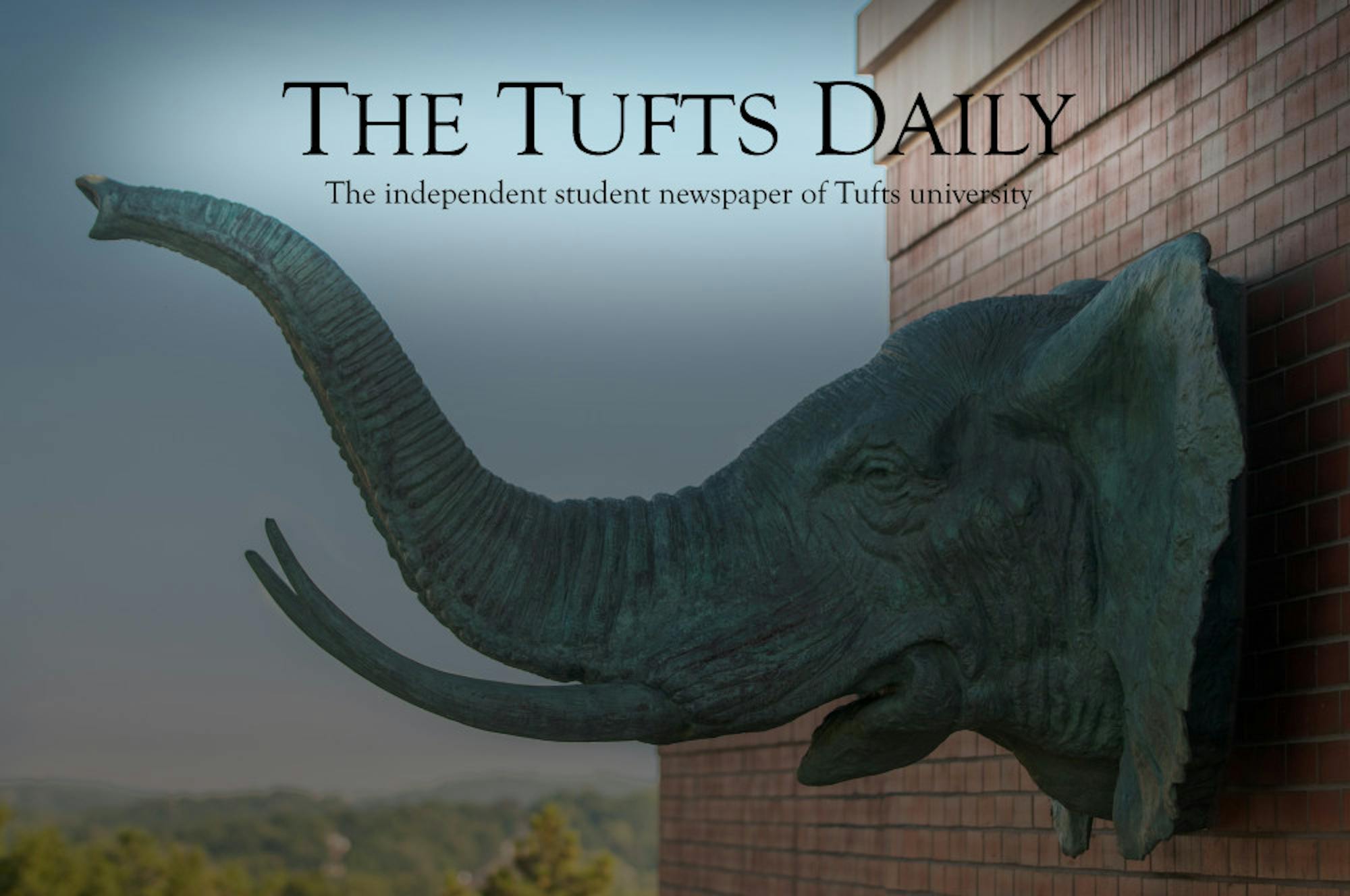"Quilts and Color: The Pilgrim/Roy Collection," which opened on Tuesday in the Gund Gallery in the Museum of Fine Arts, Boston , is not what you might expect from a show on historical textiles. This exhibition of 58 bright patterned quilts is informed by color theory and the rich expertise of its collectors to offer an exhilarating new way to engage with quilts as an art form.
Artists Gerald Roy and the late Paul Pilgrim met in 1963 when they were students at the California College of Arts and Crafts in Oakland, Calif. Over the course of fifty years, they collected 1,200 colorful quilts based on their interest in color theory and design. Roy, who is from Worcester, Mass., attended The School of The Worcester Art Museum, and as a student he was drawn to the work of color theorist Joseph Albers. Albers' book, "Interaction of Color" (1963) was a driving influence on the collection of quilts that Roy and Pilgrim assembled.
Upon arriving at the exhibition, each visitor receives a color wheel, and the exhibit's pamphlet offers some context for the unique show: "The quilts in this in this exhibition were chosen between their colorful fabrics are arranged in unusually complex ways. From the clothes we wear to the food we eat, color influences our daily decisions. Take this color wheel and explore the composition and color arrangements of the remarkable quilts on display."
In light of the collectors' interest in Albers' work and color theory, the exhibition is organized by a variety of related themes including vibration, gradation and contrast. One of the most innovative aspects of "Quilts and Color" is that each room includes introductory wall text paired with a work of abstract art. These artists of these works include Sol LeWitt, Victor Vasarely and Albers himself.
Complementary wall colors, spacious floor plans and thoughtful wall spacing contribute to an experience that is anything but stuffy. In different rooms, wall colors include dark purple, light grey and purple, orange and light yellow. Thanks to hard work from the MFA's conservation laboratory, the quilts are hung with no exposed wires or hanging material, but appear to be mounted directly to the wall. Despite busy patterns and bright colors, the exhibition still remains clean and spacious due to blank wall space and sufficient separation between the quilts.
"Log Cabin, Barn Raising Variation" (1879) was one of the first quilts to capture the attention of Roy and Pilgrim and is a standout piece in this exhibition. This quilt uses color gradations, also called graduating intensities, to create rhythms as the eye moves across them. This is a concept Albers' discusses in his book, yet the quilt was made 84 years prior to its publication. Accompanying the text for this work is commentary by Roy. This personal touch, which complements many of the works, allows insight into Roy and Pilgrim's thoughts and ideas.
Another pivotal work is "Field of Diamonds Quilt" (1860). This quilt includes hexagons, tumbling cubes, diamonds and stars and is truly a masterpiece of the medium. Despite the static positioning of the quilt on the wall, it is vivacious in its ability to reveal new shapes and forms to an observant viewer.
What truly makes this exhibition great is the evident passion and vision of the collectors themselves. Whether it is their avoidance of the traditional use of white in quilts -- primarily because it creates too much contrast against other colors -- or their specific interest in orange when other collectors overlooked it, Roy and Pilgrim have formed an incredibly unique collection. The work "Double Wedding Ring," made in the 1940s by an African American quilter in Missouri, captures the essence of their collecting style. Despite its recognizable double wedding ring pattern, it is colorful, vibrant and pushes the envelope of traditional quilt expectations. This work is certainly not just a utilitarian object for a household, but rather an expressive piece of art.
The museum is offering a variety of spring programs to complement the themes of "Quilts and Color." Screenings of Technicolor films like "The Wizard of Oz" (1939), gallery talks and discussions with Roy are open to the public. Tufts students can see this show for free with a Tufts ID, and the exhibition will be on view in the Gund Gallery until July 27, 2014.






